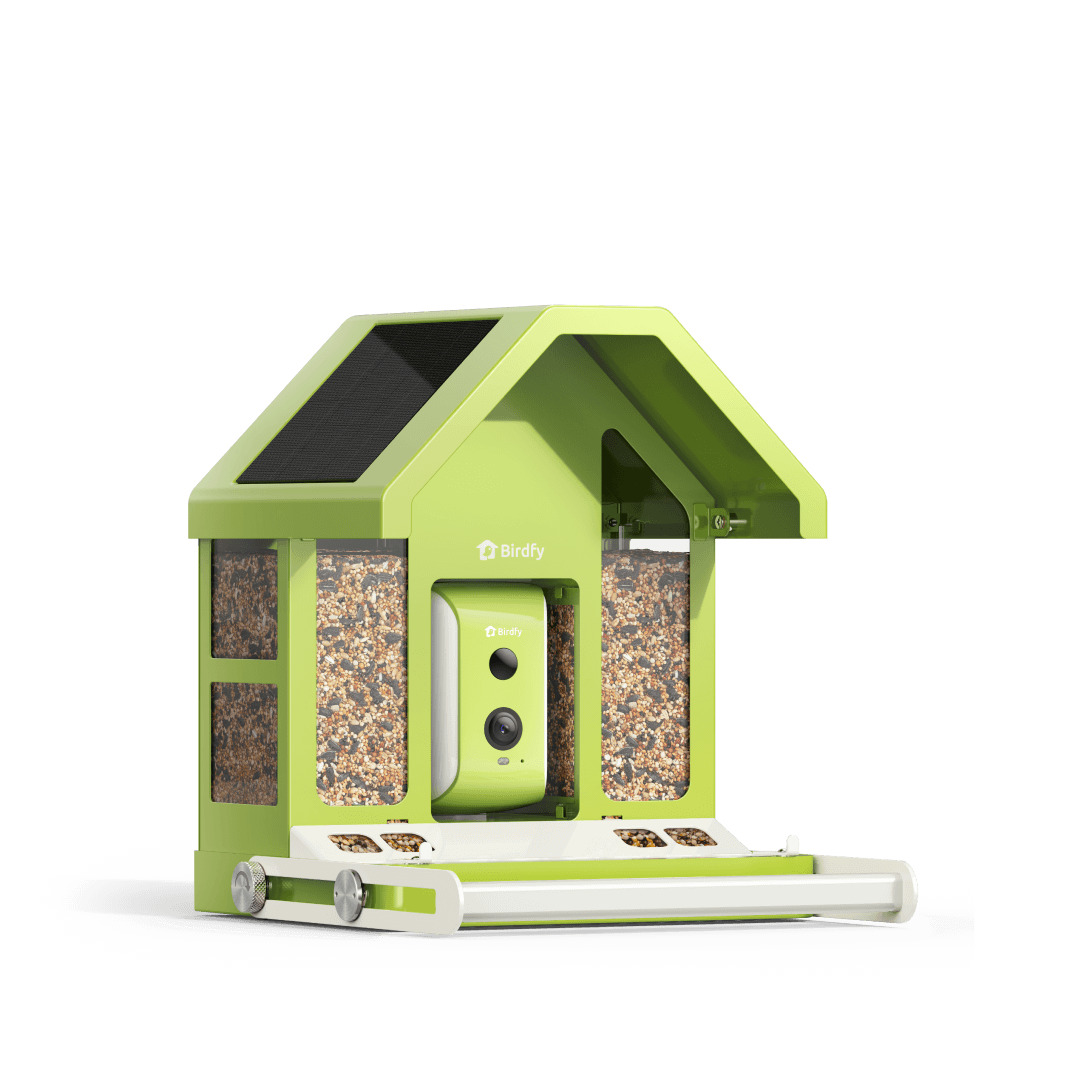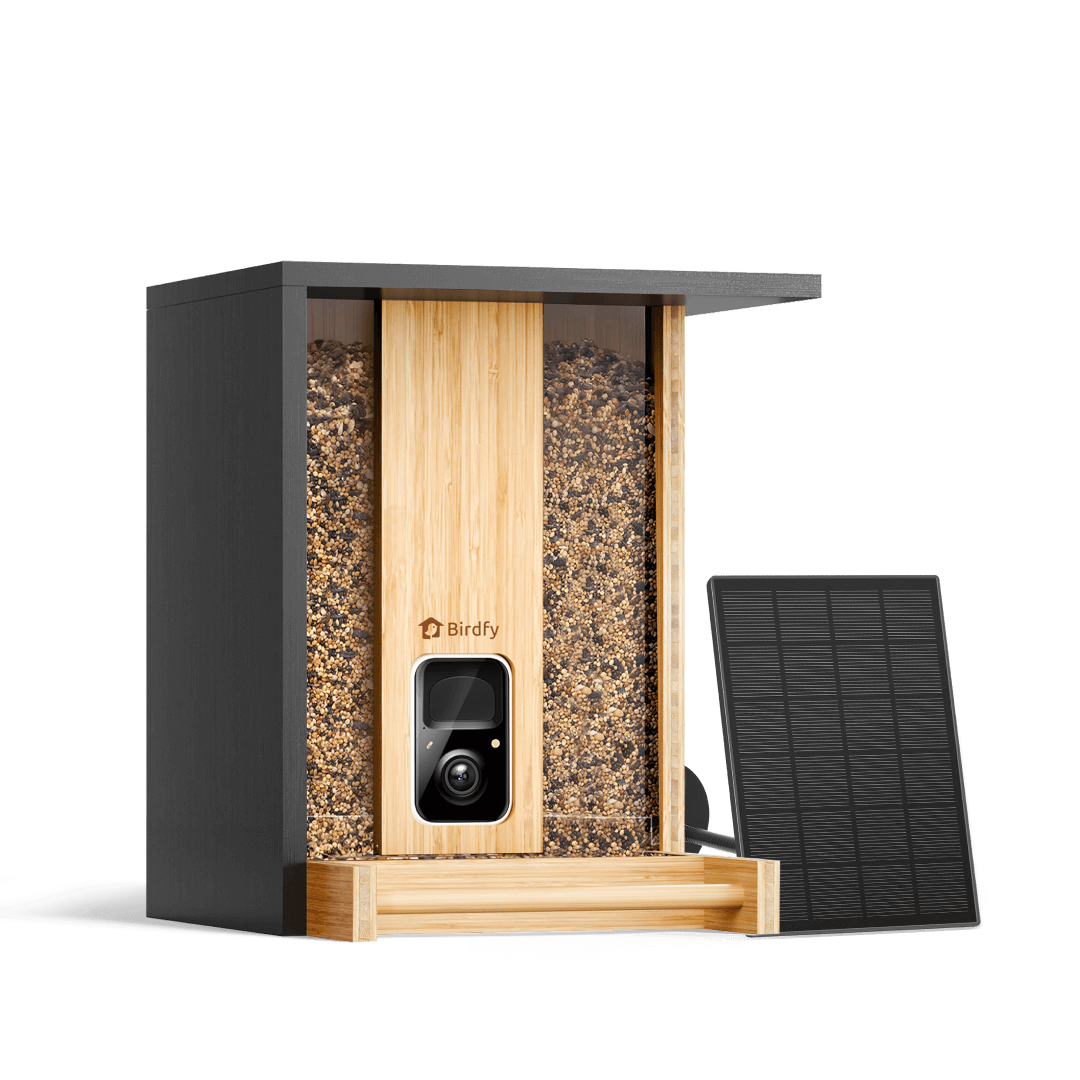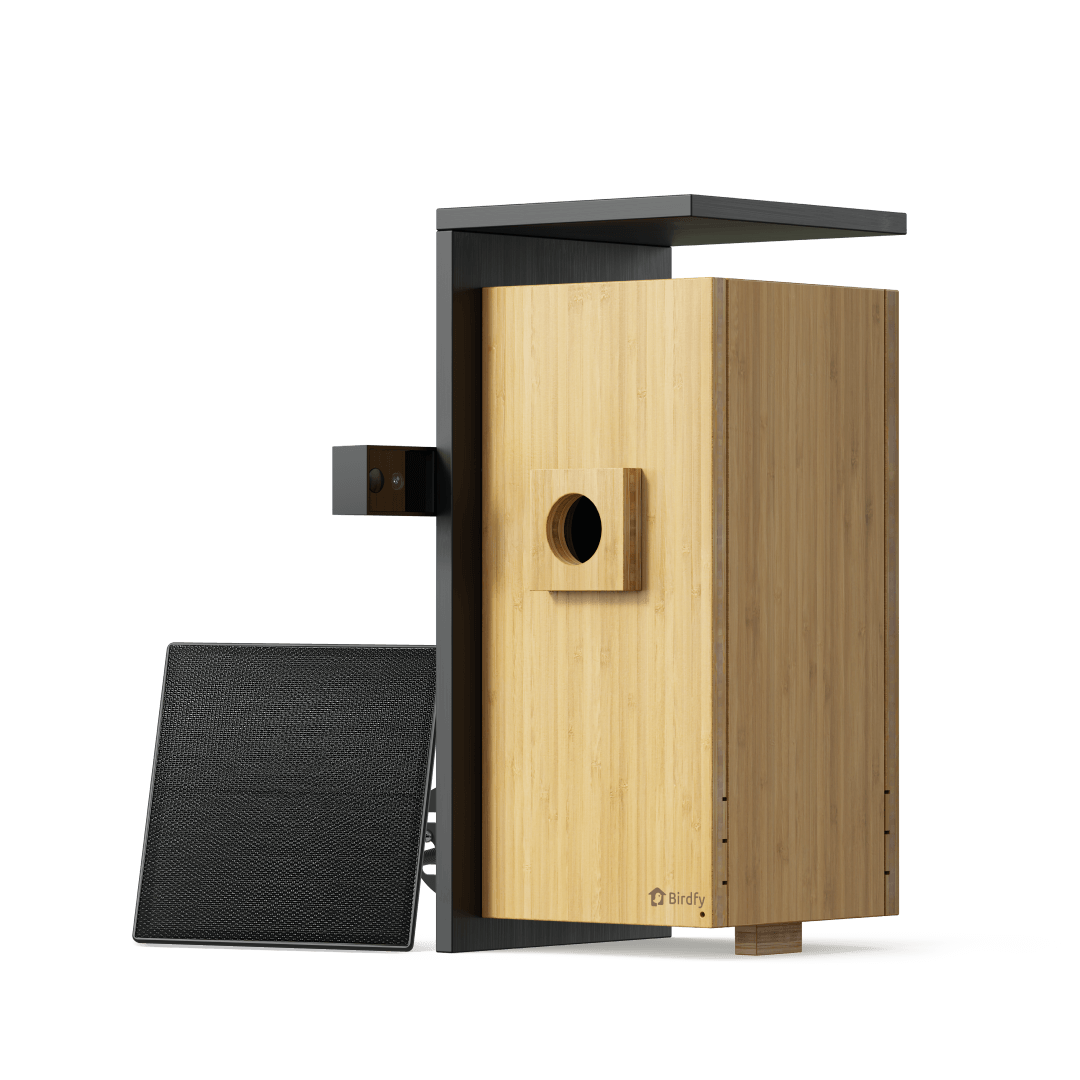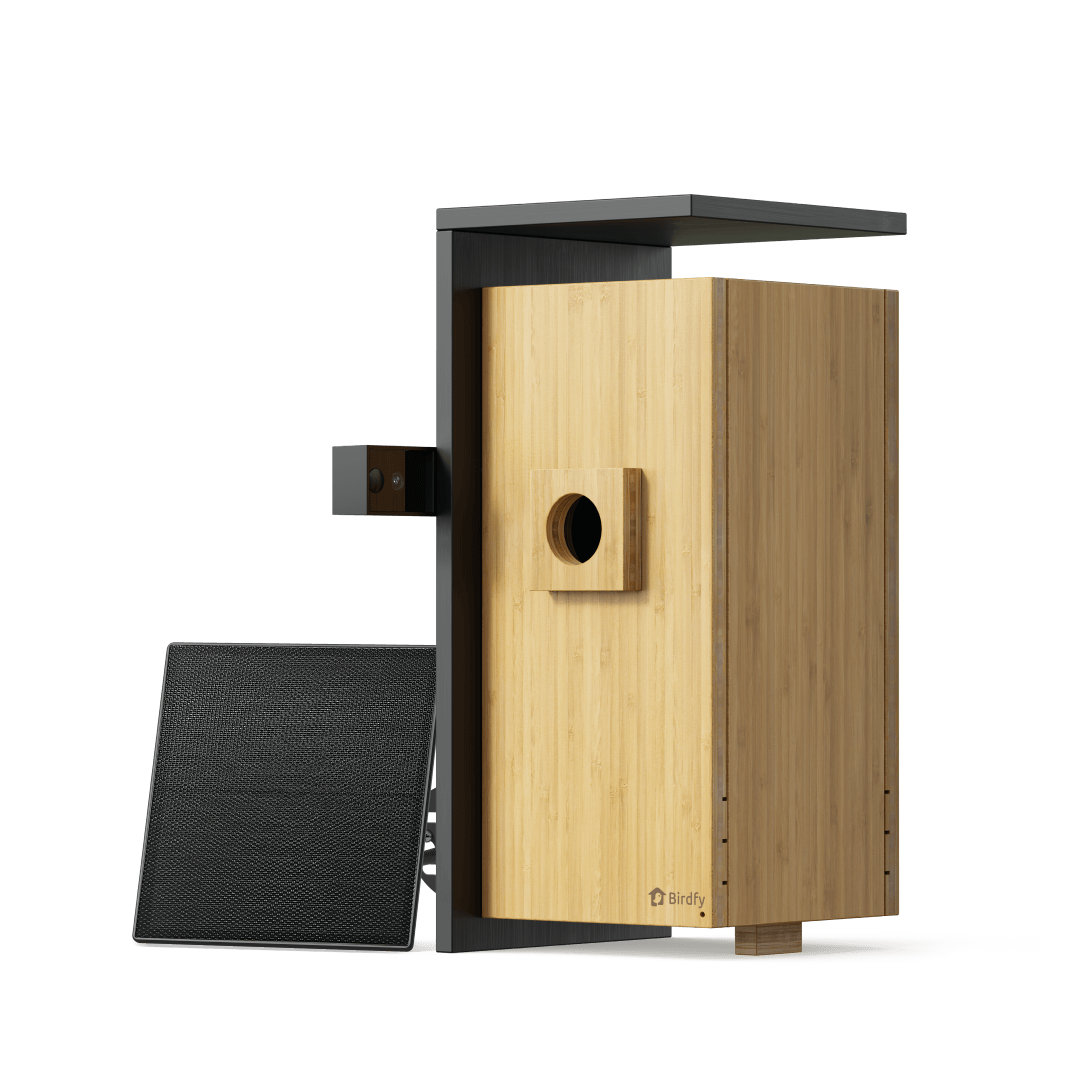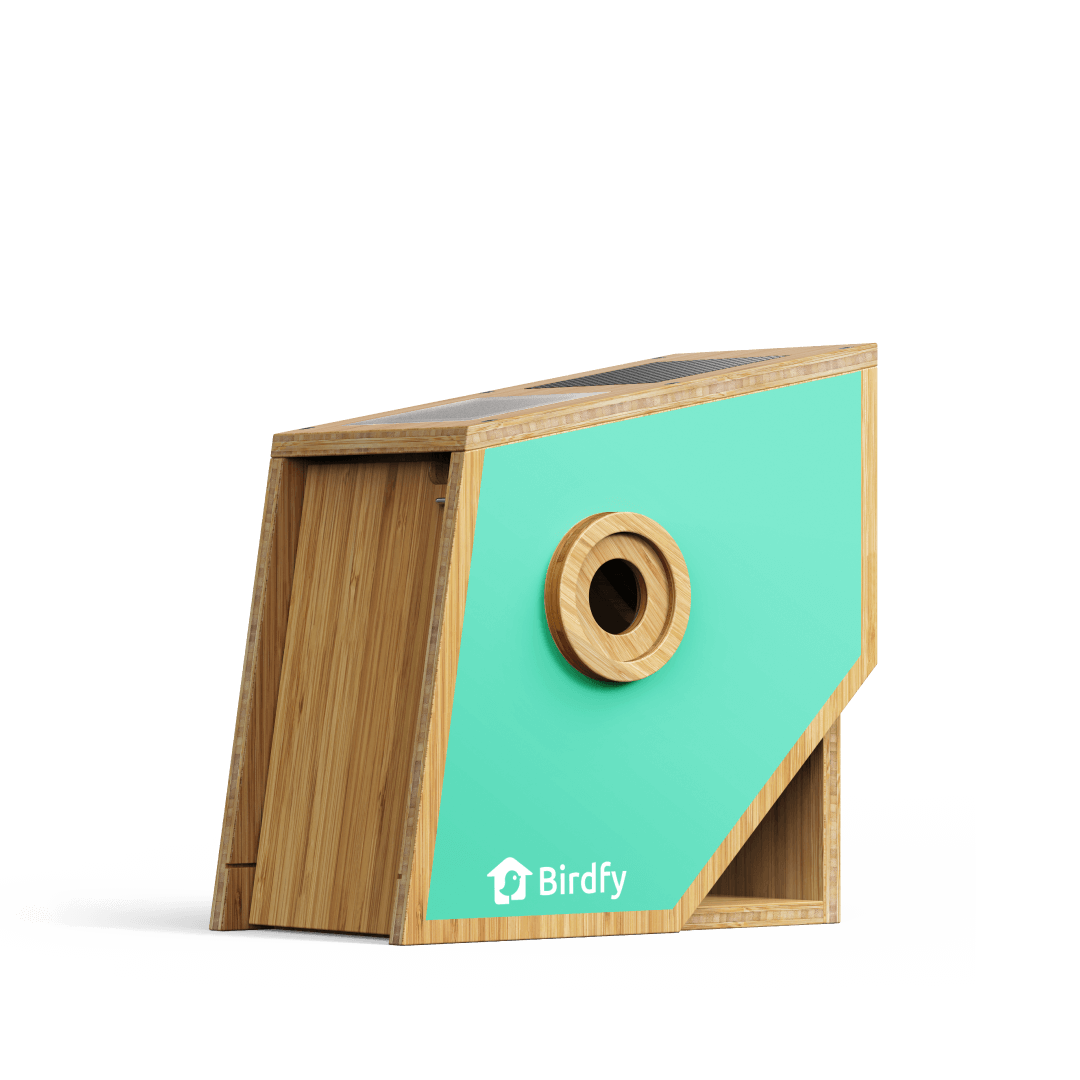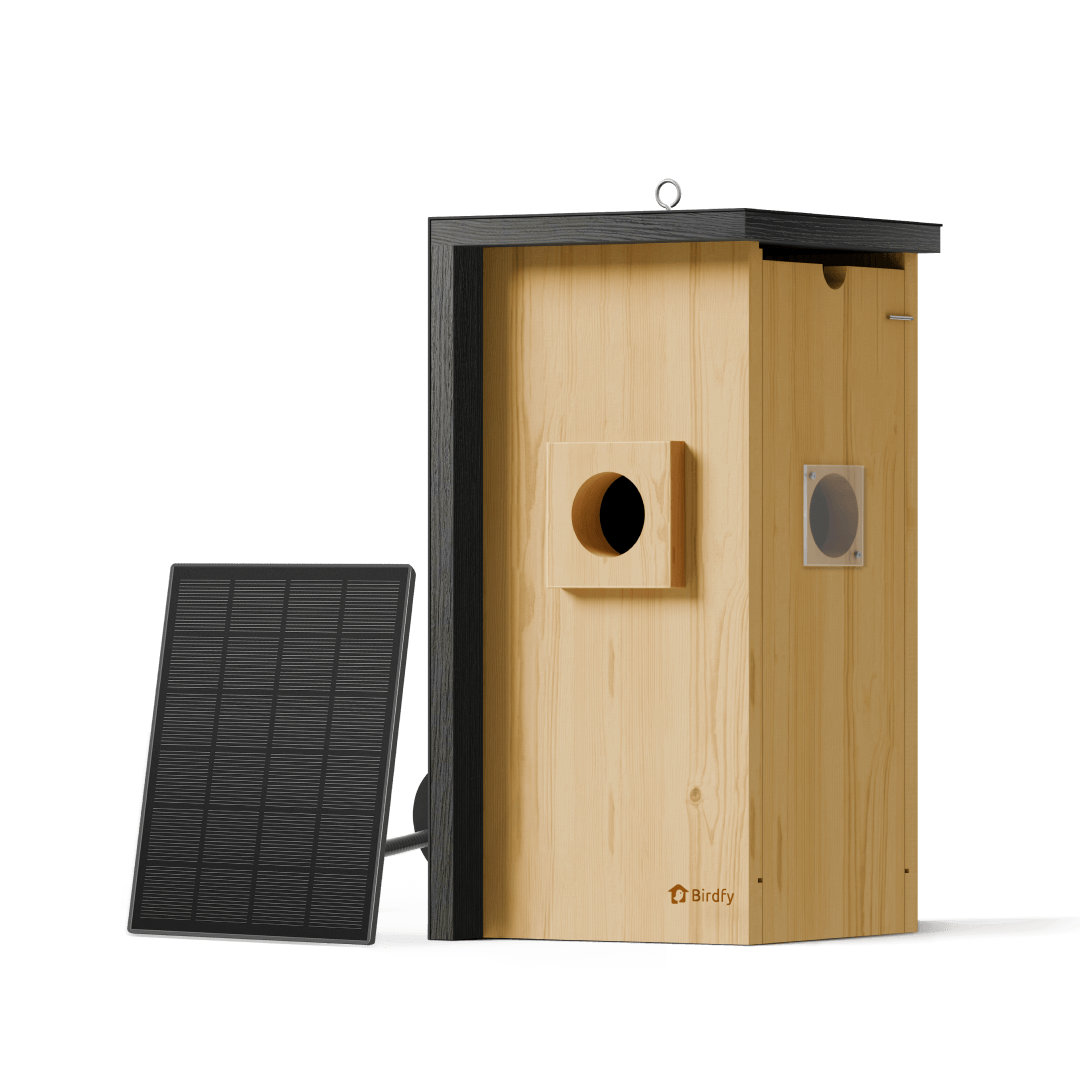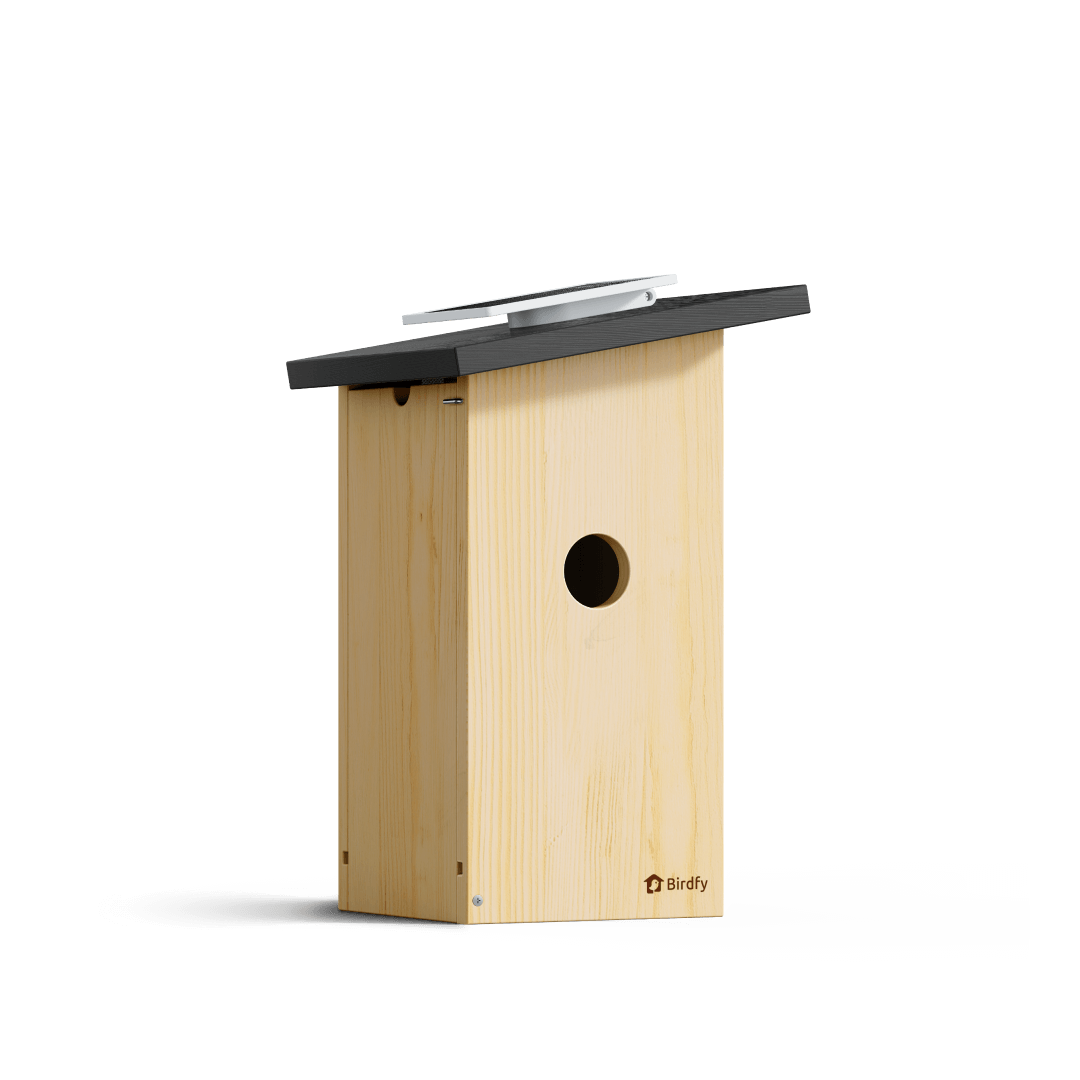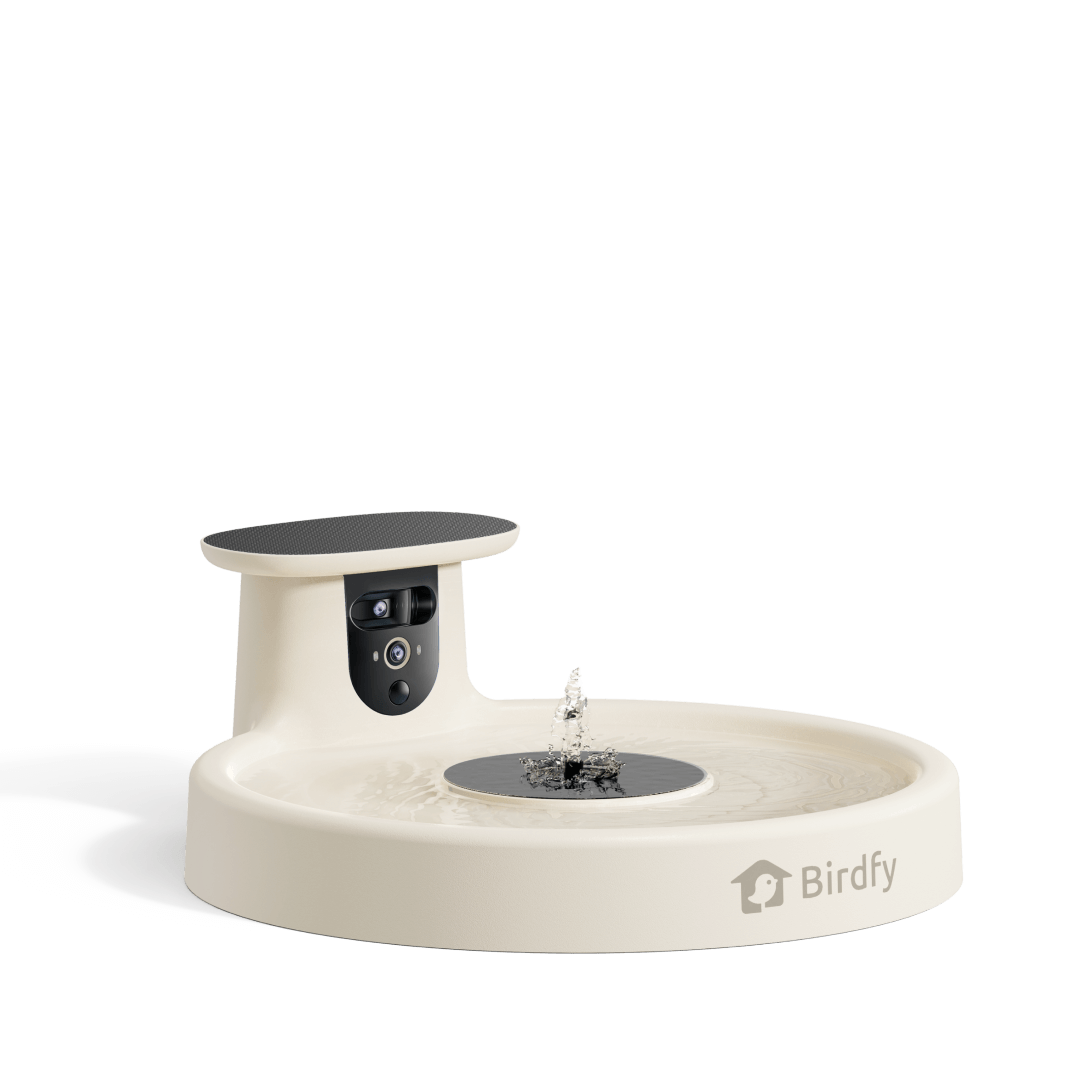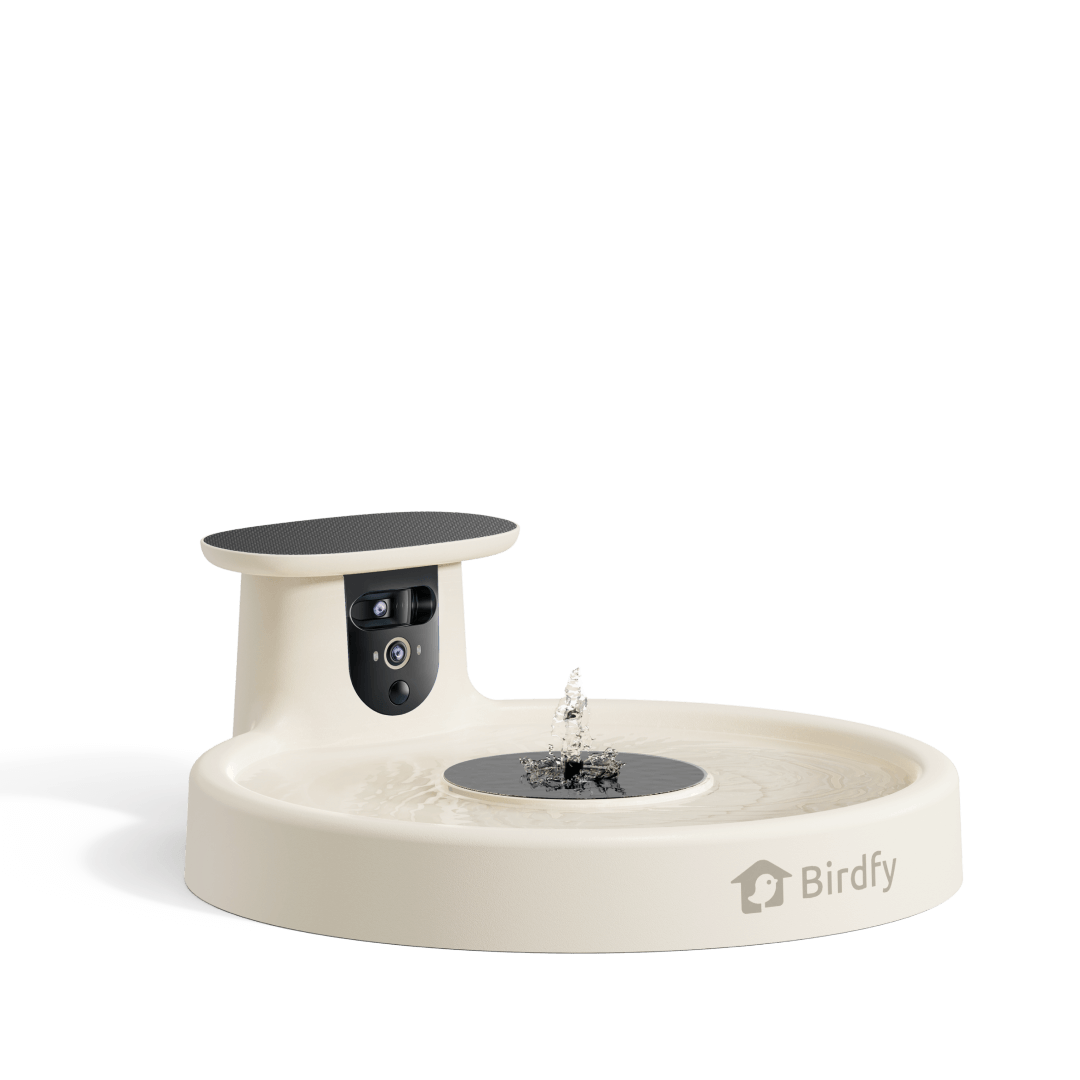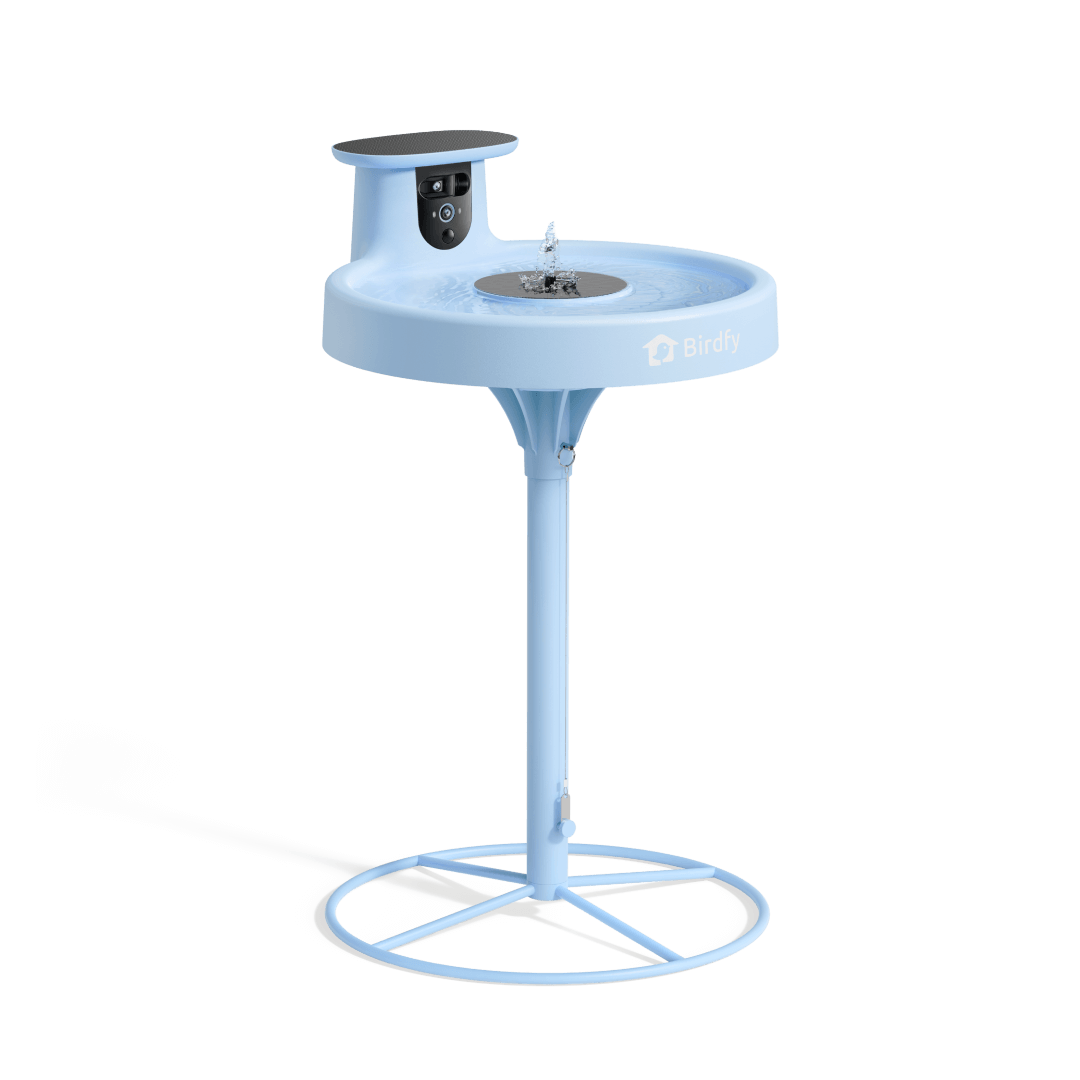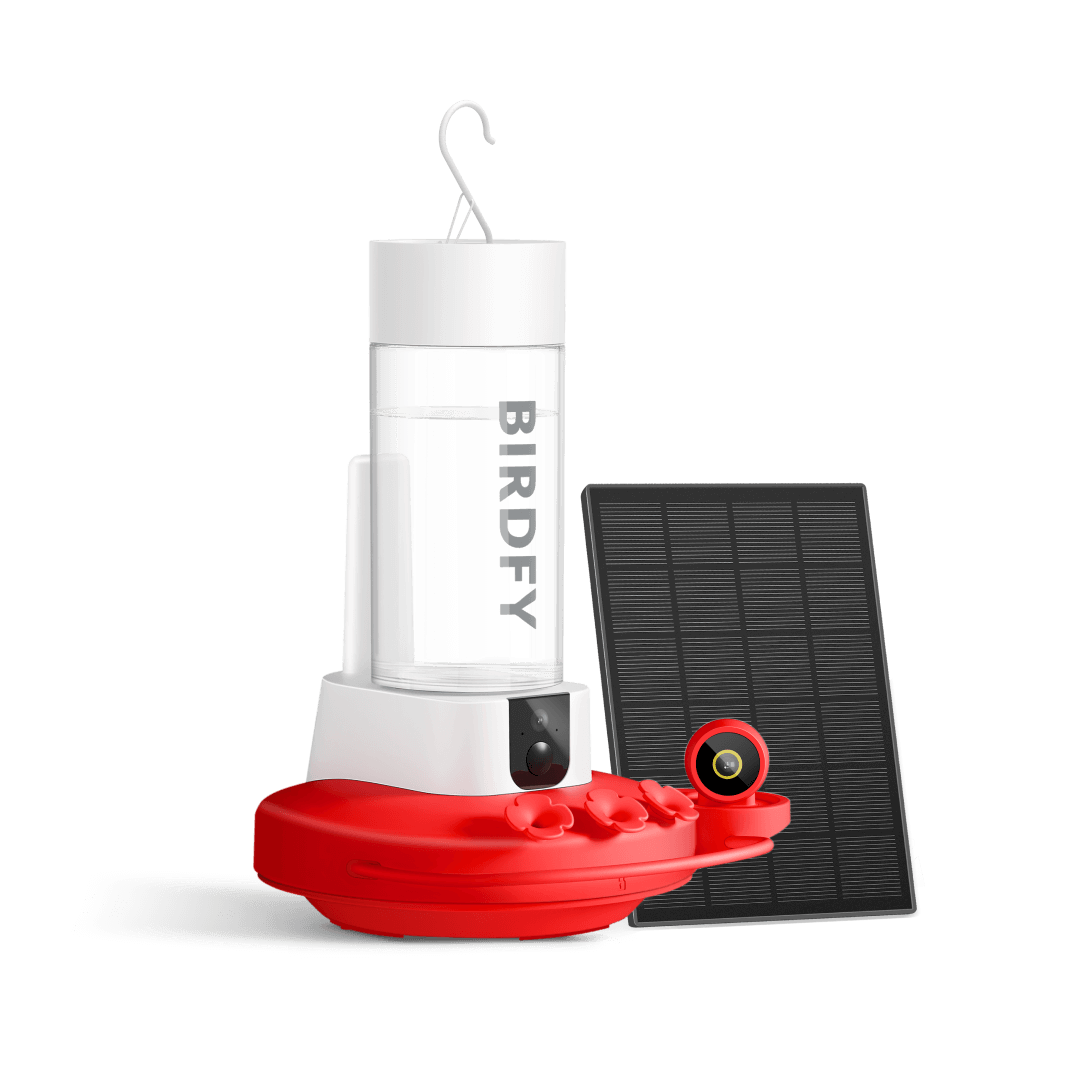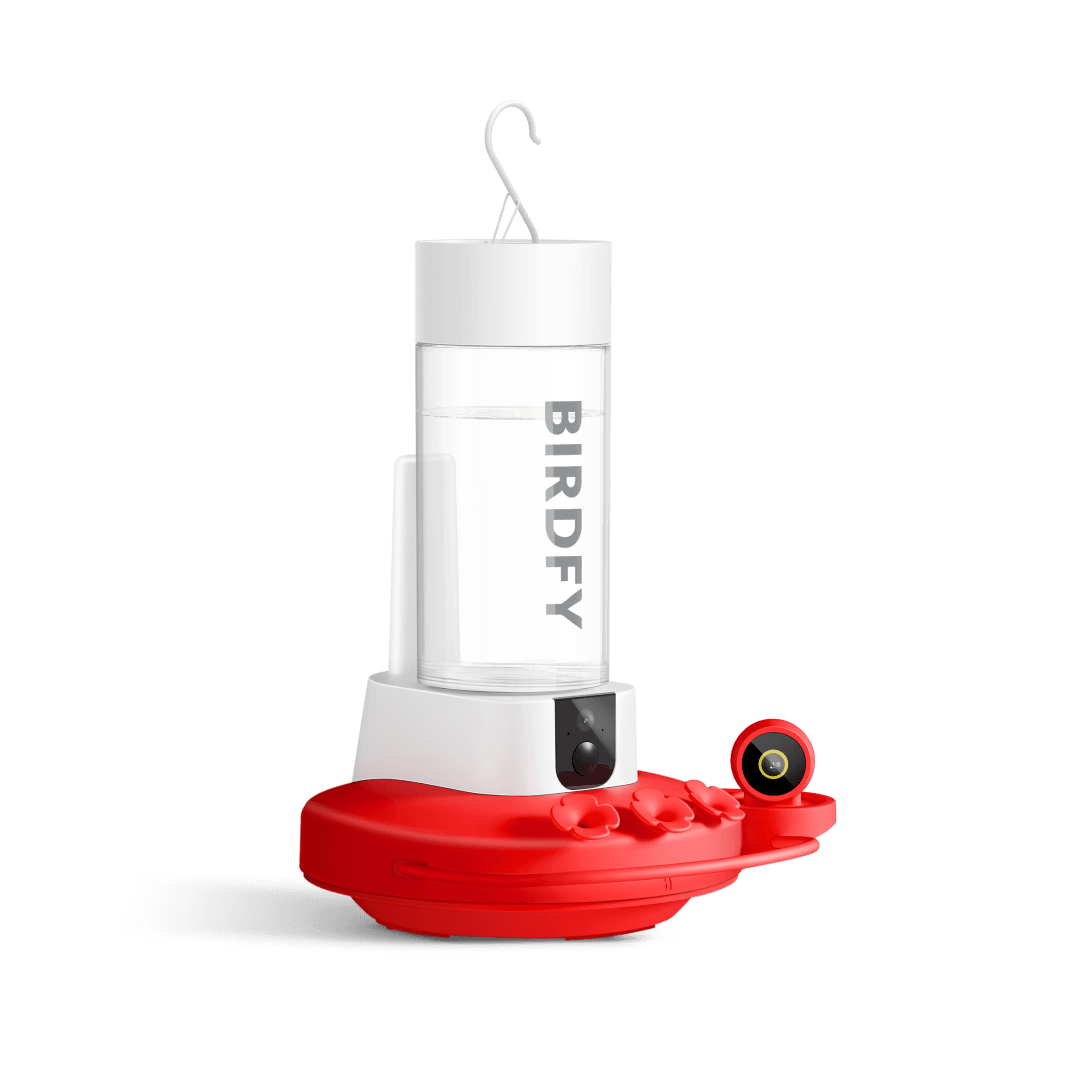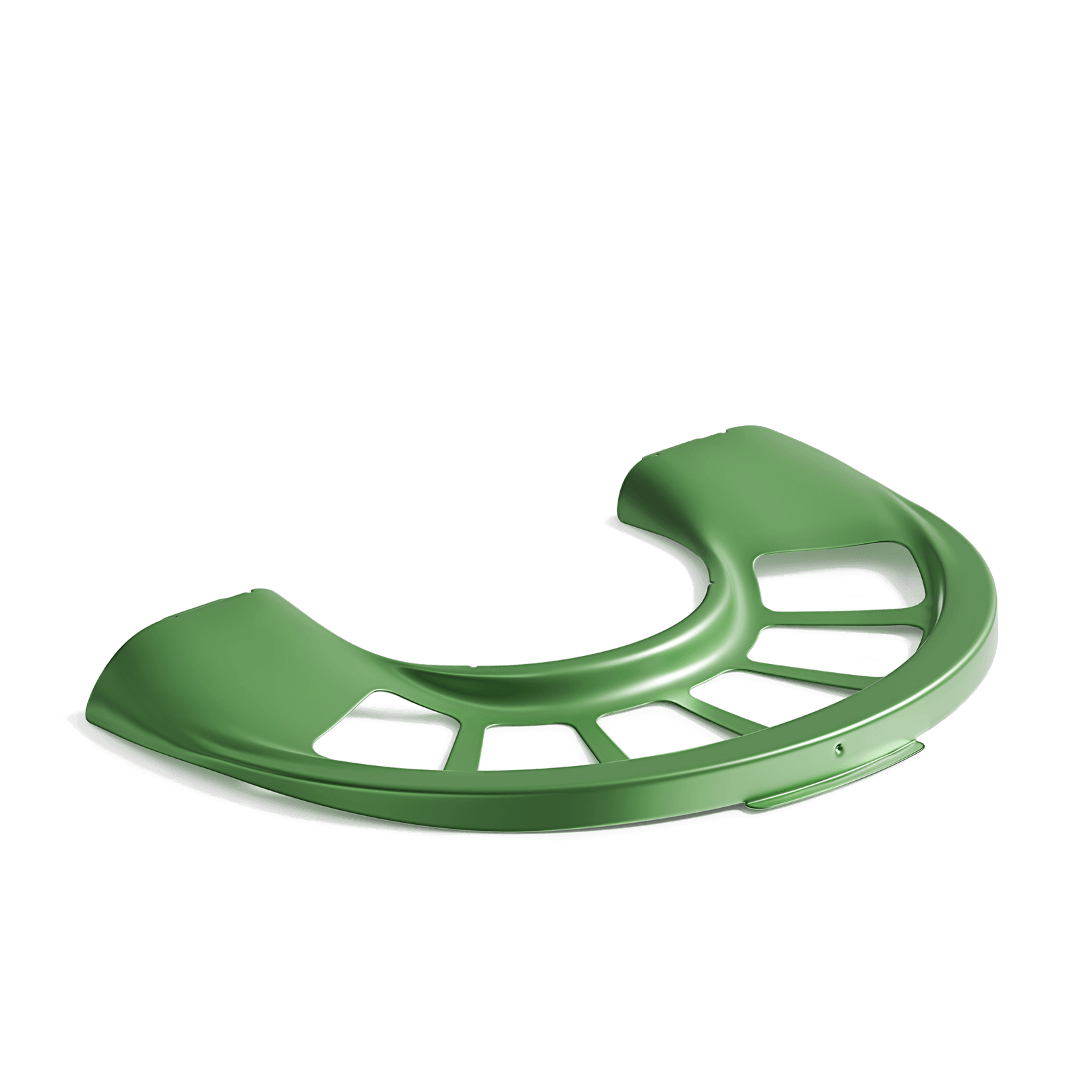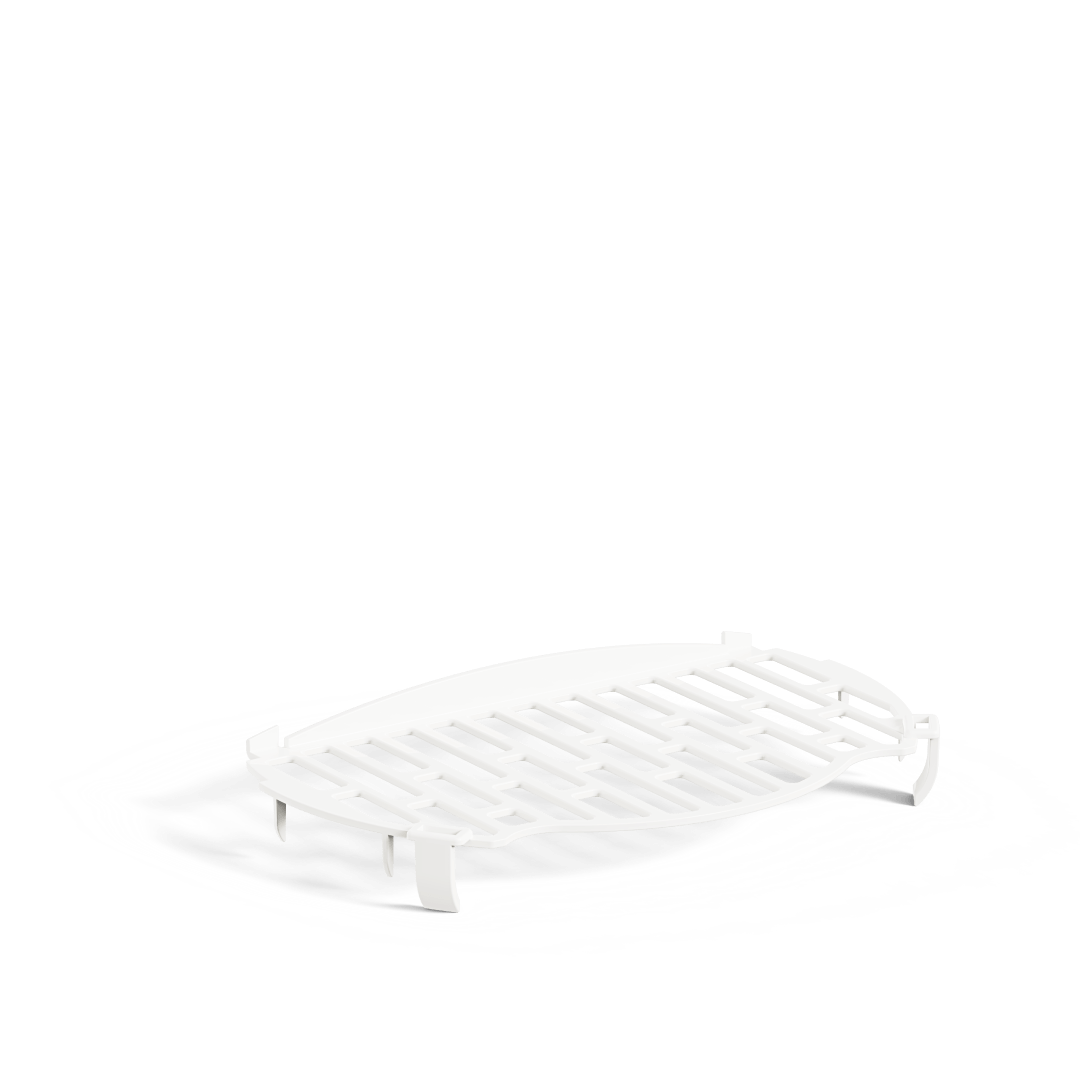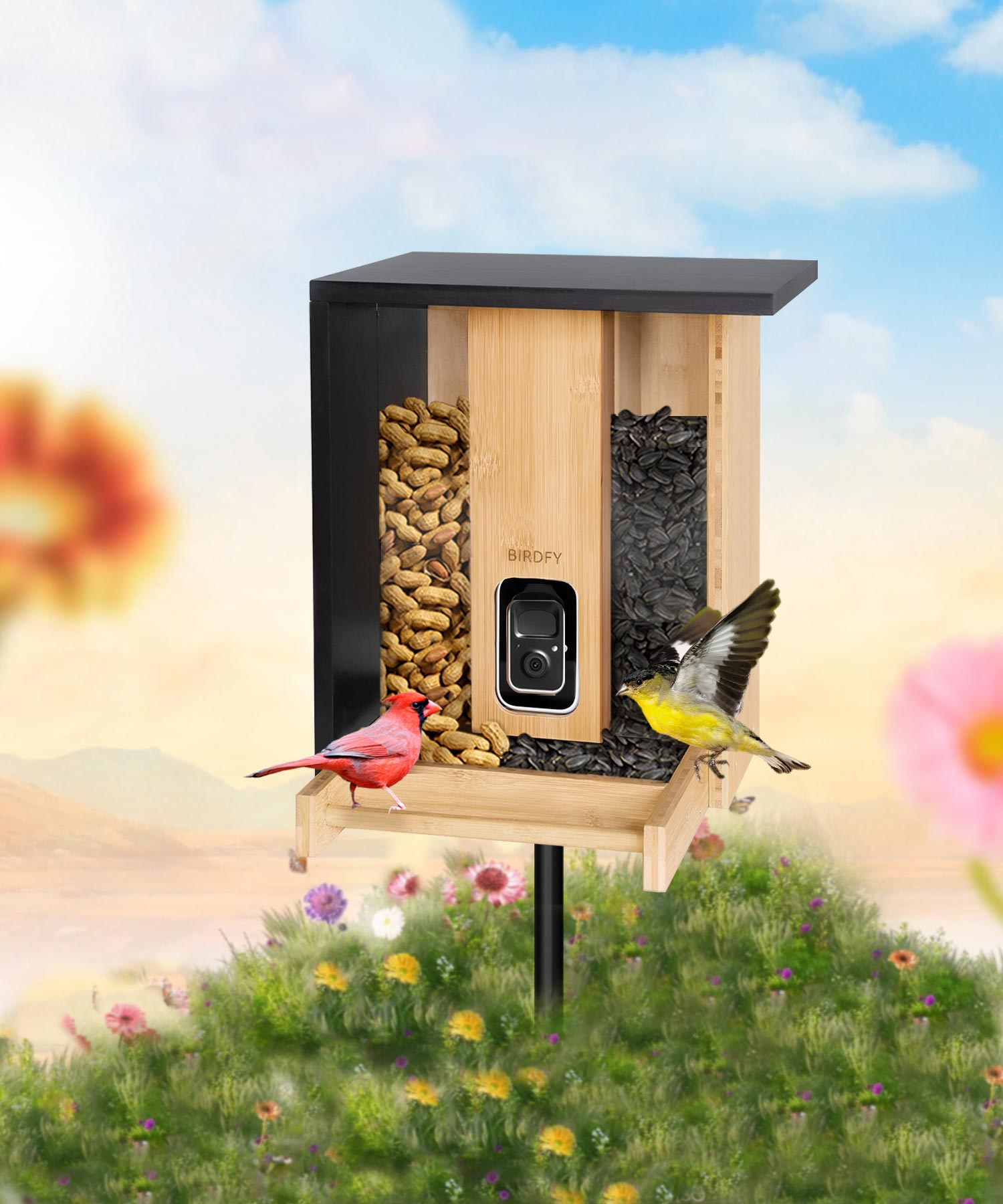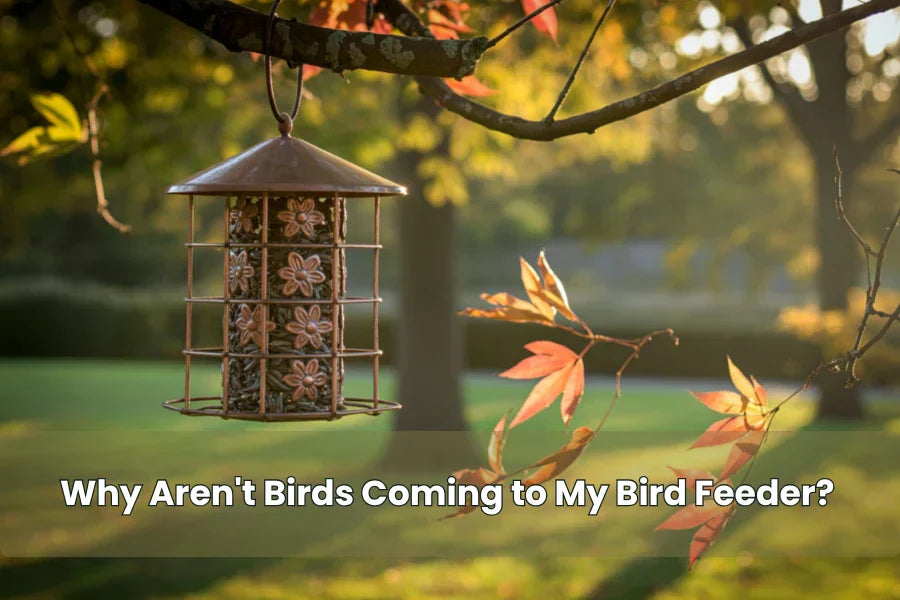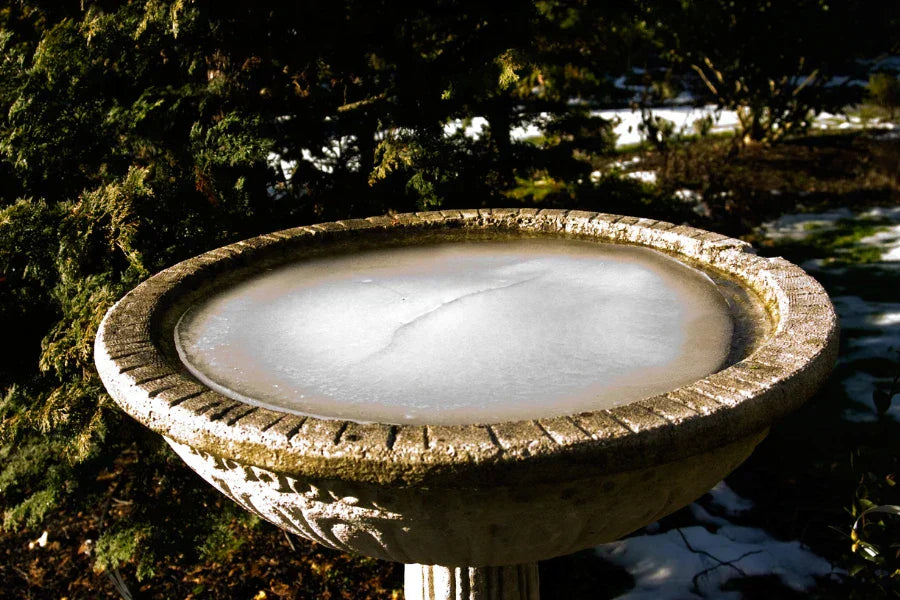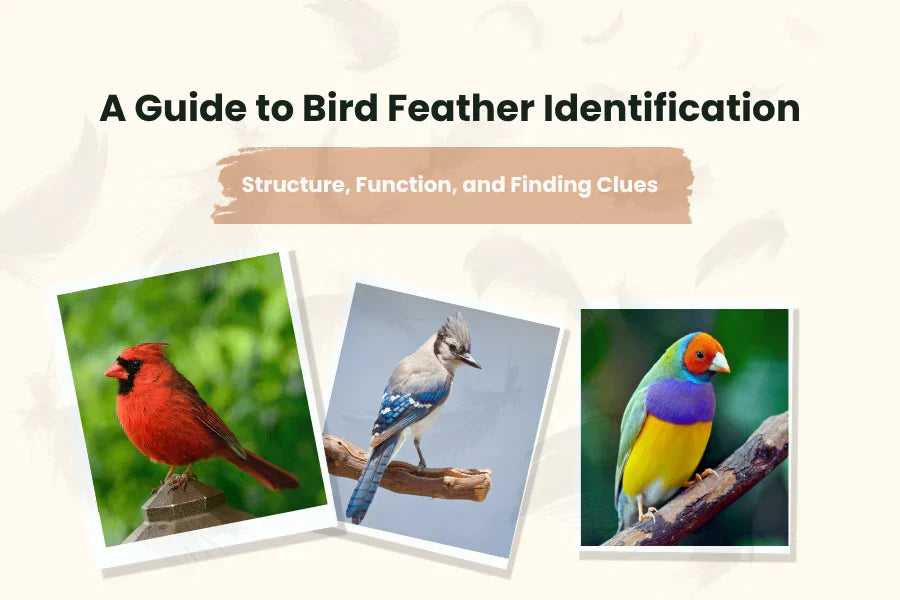How Pileated Woodpeckers Build Nests and Care Eggs
Introduction
In the busy and noisy urban life, we are often plagued by various trifles, ignoring the magical and interesting little secrets in nature. Today, let us walk into the mysterious world of woodpeckers together, explore the little-known cold knowledge, and feel the wonderful charm of nature.

Woodpeckers belong to the psyllids. They are gorgeous in appearance, beautiful in shape, and bright in sound. They keep beating on the trunk with a slender mouth every day and eat the pests inside. They are 'good birds' in countless people's eyes. Interestingly, the tongue of woodpeckers is long in the nostril and fixed in the right nostril, so they can only breathe with the left nostril. The tongue is also very flexible, more than 10 centimeters in length, and there are short hooks on the tip of the tongue, which can hook the insects in the tree hole. The woodpecker, a bird foraging in a unique wood-pecking way, not only has a sharp beak and a strong tongue, but also has a stunning physiological structure and survival wisdom. They can easily peck out insects on hard tree trunks. What are the hidden secrets behind this?
Characteristics
Woodpeckers in North America like to nest on dead tree trunks, because these places have existing tree holes that can be used as nests. They prefer deciduous and coniferous forests because there are many old trees in these environments that can provide spacious caves. In addition, woodpeckers also use dead branches or power poles on living trees to build their nests, which shows their unique strategy to survive in urban environments. Woodpeckers use their strong beaks to make holes in the wood of dead trees (and occasionally live trees) to build a safe home for young birds. These nests are not only their homes, but also their nurseries and restaurants. They rarely nest twice in the same tree hole, showing their picky and meticulous nesting environment. After the nesting is completed, the black woodpecker will breed in the nest. These nests provide a safe environment for young birds to grow, and adult North American black woodpeckers feed young birds in these nests. In addition, woodpeckers also use wormholes in dead trees to forage, because these places gather a large number of insect larvae and ants.
How does a woodpecker's tongue work?
In both humans and birds, the tongue is supported by a bone called the hyoid. Your hyoid bone is a horseshoe-shaped structure under your jaw that gives the muscles in your tongue and the floor of your mouth something to attach to. It helps you breathe, swallow, and speak.
A woodpecker's hyoid bone, however, is vastly different. The center of the woodpecker's muscle-wrapped hyoid is in the nostrils, in the bird's upper beak. It splits into a V between the eyes, and its two arms wrap completely around the woodpecker's skull, passing over the top of it and around the back before meeting up again at the base of the lower beak.
When the muscles surrounding the hyoid contract, the tongue projects forward, through the length of the beak and out its end. But when those muscles relax, the woodpecker's tongue retracts along the length of the hyoid. Yep — a woodpecker's tongue is so long that it needs to be coiled around the back of its owner's skull.

Internal placement of a woodpecker's (in this case, a Northern Flicker's) tongue. Illustration by Denise Takahashi.
The Ideal Environment for Woodpecker Nesting
Woodpeckers mainly live in forests and woodlands, feed on insects, and need water to maintain body water balance. They like warm and humid environments and need appropriate temperature and humidity to stay healthy. Suitable habitat is an important guarantee for their survival and reproduction. Woodpeckers mainly inhabit forests and woodlands. They like to inhabit in tree-intensive places, which can provide sufficient food and habitat space. The habitat of woodpeckers is usually in low altitude areas, such as tropical rainforest, temperate broad-leaved forest and coniferous forest. Woodpeckers like to live in warm, humid environments that help ensure the quality of their food and habitat. Adequate water is needed to maintain the body 's water balance. They usually nest in trees near the water source for drinking water and bathing. Woodpeckers like to nest on soft wood trunks or branches, because such trees are more likely to be burrowed.
They usually choose tree species that are easy to burrow, such as pines, birches, etc. Safety will also be considered when choosing a nesting site. They usually choose hidden locations that are not easily found by natural enemies to ensure the safety of themselves and their chicks.

Different Stages of Woodpecker Nest Construction
- Choice of nesting sites: Woodpeckers usually choose dead wood, dead branches, ant nests, cactus and even human houses to dig holes on the wooden walls.
- Drilling holes: Woodpeckers use their hard beaks to peck the trunk quickly to form a tree hole. This process is very fast, sometimes even less than two hours to complete. The beak of the woodpecker pecked at the trunk like a ' machine gun point shot ', and the bark fell in response to the sound, and then began to dig deep into the wooden rod layer to form a circular tree hole about 10 cm deep.
- Trimming the nest: When the tree hole is formed, the woodpecker will drill into the hole, while expanding the internal space, while trimming the shape of the nest. They will clean up the internal wood debris with their beaks to make the interior of the nest more comfortable.
- Use other materials: In addition to tree materials, woodpeckers also use other materials to build their nests. For example, they will add soft materials such as feathers and grass inside the nest to provide better thermal insulation and comfort.
Auditory and Behavioral Observations
Flying fast, in a straight line. Insects that like to drill into dead trees and worker ants that chisel from the ground often attract them to the trunk of dead trees. Their main food source is insects hidden in the dead trees, especially workers who are chiseled from the inside of the trunk with their sharp beaks. This foraging strategy of woodpeckers is not only efficient, but also creates a unique warning sound in the quiet forest by tapping the sound of the trunk, attracting other insects to come, and also providing a meal for themselves. Their recipes also include nuts, acorns and small wild fruits, which are rich and varied.
The song is a symbol of the black woodpeckers of North America, a series of ups and downs of ' Wokoa - Wokoa ', like a forest symphony. In the breeding season of spring, male birds are particularly active. By knocking on branches quickly and forcefully, they declare their territory in a high-profile way, so as to attract the attention of female birds and show their strong viability. This behavior is a common courtship behavior in the bird world.

Tips for Finding Pileated Woodpecker Nests
The nests of pileated woodpeckers are usually located in dead tree trunks. They prefer deciduous and coniferous forests because these places have large enough old trees to allow them to build spacious caves. Pileated woodpeckers use strong beaks to make holes in the wood of dead (and occasionally living) trees to build a safe home for young birds.- Choose the right location: like to nest in dead trunks, so you can look for these trees in deciduous and coniferous forests. They also use dead branches or power poles on living trees to build nests.
- Using a telescope to observe: Using a telescope to observe the sky, woodpeckers can usually be found.
- Understanding their living habits: Woodpeckers are mainly active in the breeding season. They will shuttle through the woods to find dead trees and breed in tree holes.
Share




